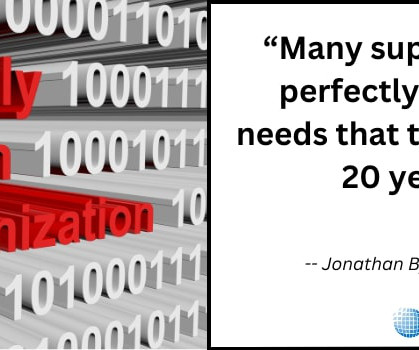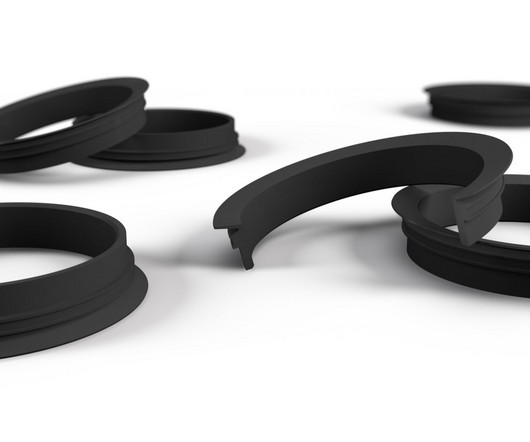Developing Agile Procurement Strategies: Thriving Amid Global Trade Disruptions
Logistics Viewpoints
MARCH 6, 2025
Companies leaning heavily on global sourcing? Theyre feeling the heat most, as sudden trade policy curveballs throw procurement plans into chaos. manufacturer I know saw their import costs jump overnight, forcing a rethink of a decade-old sourcing strategy. What Is Agile Procurement?










































Let's personalize your content